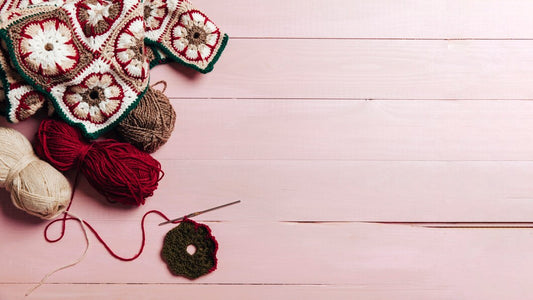
Unraveling the Wonders of Polypropylene: A Yarn for the Modern Age
In the realm of textile innovation, polypropylene emerges as a silent hero, revolutionizing the landscape of yarn production. With its versatile properties and eco-friendly footprint, polypropylene yarns have carved a niche for themselves in various industries, from fashion to outdoor gear. Let's delve deeper into the world of polypropylene yarns and uncover their myriad benefits and applications.
Understanding Polypropylene Yarn
Polypropylene, a thermoplastic polymer, boasts a plethora of desirable characteristics that make it an ideal candidate for yarn production. This synthetic fiber is lightweight, durable, and resistant to moisture, mold, and mildew. Its inherent hydrophobic nature repels water, making it an excellent choice for outdoor and active wear.
100% Polypropylene yarn refers to yarn made entirely from polypropylene fibers, a type of thermoplastic polymer. Polypropylene yarns are produced through a process called extrusion, where the polymer is melted and then forced through tiny holes in a spinneret to form long, continuous fibers. These fibers are then cooled and stretched to enhance their strength and elasticity.
Properties and Advantages
-
Lightweight and Durable: Polypropylene yarns are incredibly lightweight, making them comfortable to wear for extended periods. Despite their feather-light feel, they exhibit remarkable durability, withstanding the rigors of everyday use and outdoor adventures.
-
Moisture Wicking: One of polypropylene's standout features is its exceptional moisture-wicking properties. Unlike natural fibers such as cotton, which tend to retain moisture, polypropylene quickly wicks sweat away from the skin, keeping the wearer dry and comfortable. This makes it an ideal choice for activewear, sports garments, and socks.
-
Thermal Insulation: Despite its lightweight nature, polypropylene offers excellent thermal insulation, helping to regulate body temperature in both hot and cold conditions. This makes it suitable for a wide range of climates and outdoor activities, from hiking and skiing to camping and mountaineering.
-
Colorfastness: Polypropylene yarns retain their vibrant colors even after repeated washing and exposure to sunlight. This exceptional colorfastness ensures that garments made from polypropylene yarns maintain their aesthetic appeal over time, making them a preferred choice for fashion and outdoor apparel.
Applications
-
Outdoor Apparel: Polypropylene yarns are extensively used in the production of outdoor clothing and gear, including base layers, socks, gloves, hats, and thermal underwear. Their moisture-wicking and thermal insulation properties make them indispensable for adventurers and outdoor enthusiasts.
-
Medical Textiles: In the medical industry, polypropylene yarns find applications in wound dressings, surgical gowns, and disposable medical textiles. Their hypoallergenic nature, combined with their moisture-wicking and breathable qualities, makes them ideal for maintaining a sterile environment and promoting wound healing.
-
Home Furnishings: From carpets and rugs to upholstery fabrics and curtains, polypropylene yarns are utilized in a variety of home furnishing applications. Their stain resistance, durability, and ease of maintenance make them a popular choice for households seeking practical and long-lasting textiles.
-
Industrial and Agricultural Uses: Polypropylene yarns are also employed in industrial applications such as ropes, nets, geotextiles, and agricultural fabrics. Their strength, UV resistance, and ability to withstand harsh environmental conditions make them indispensable in these sectors.
Polypropylene yarns represent a triumph of modern engineering, combining performance, versatility, and sustainability in one innovative package. From outdoor adventures to medical advancements and everyday textiles, polypropylene continues to redefine the boundaries of possibility in the world of yarn production. As we embrace a future driven by technological innovation and environmental consciousness, polypropylene stands poised to play an increasingly prominent role in shaping the fabrics of our lives








